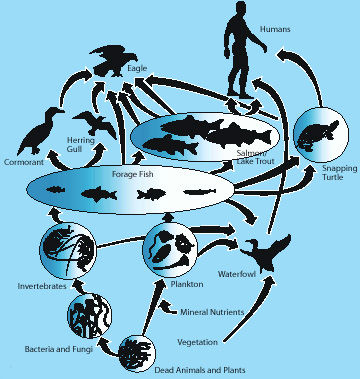
© Unknown
~ Prof. Edward P. Radford, Physician and EpidemiologistWhile a highly coordinated effort is underway by the nuclear industry, mainstream media, medical establishment and world governments to define, justify and reinforce a "safe level of radioactivity" pertaining to the air, the water, the food, and our bodies, the unspoken truth contained within the precautionary principle that there is no safe dose of radiation, nor a safe level of exposure to the 200+ radioisotopes released by the Fukushima reactor complex meltdown, is but an inaudible whisper in the cacophony of a world dominated by universal deception.

© Unknown
Regardless of whether we chose to pay attention or not, over the past month a massive number of radiotoxic and genotoxic particles have been released into the atmosphere, oceans and biosphere, and due to the continuous westerly circular flow of the Jet stream no one in the Northern latitudes will be spared some degree of exposure as time proceeds.

© UnknownBioaccumulation radiation in the food chain
The question of exposure should not be "if" but "when," and "how" we deal with it once it happens. Cesium-137 for instance, has a
half-life of 30 years (90 years later 12.5% of its radioactivity remains), and due to its similarity to potassium will make its way up the food chain bioaccumulating and distributing broadly in the tissues of both plants and animals as it goes. Eventually all such radioisotopes must meet mankind who is perched precariously on top of an unsustainable, highly toxic food pyramid of his own making, and from which he has an exceedingly difficult time escaping and/or detoxifying.

Comment: Additional articles about Fluoride:
The Case Against Fluoride: Toxifying the Tap
Fluoride: Worse than We Thought
The Price of Too Much Fluoride
Videos about Fluoride:
Video: History of the Fluoride Deception
US doctors expose fluoride as poison, want it banned from water supply
What is a poison like fluoride doing in our tap water?